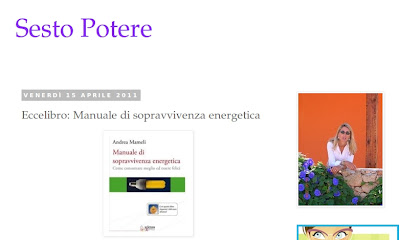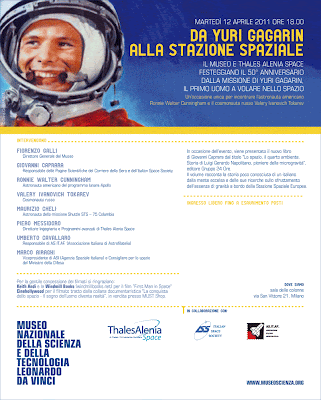Correlazione tra Mycobacterium avium subsp. paratuberculosis e Sclerosi Multipla in pazienti sardi in uno studio pubblicato il 13 aprile su PLoS ONE

La Paratubercolosi (PTBC) è un'infiammazione cronica dell'intestino causata dal Mycobacterium avium subspecies paratuberculosis (MAP). Numerosi studi indicano l’infezione provocata da questi batteri quale causa eziologica coinvolta nel determinismo del Morbo di Crohn (MC). Una recenstissima pubblicazione indica una possibile correlazione tra MAP e Sclerosi Multipla. Lo studio, condotto da un gruppo internazionale guidato da ricercatori delle Università di Cagliari e Sassari, ha riguardato 50 persone (28 femmine e 22 maschi) affette da Sclerosi Multipla in Sardegna: 21 di esse (il 42% del totale) sono risultate positive a PCR contro 7 su 56 nel gruppo di controllo (12.5%). L'articolo “Association of Mycobacterium avium subsp. paratuberculosis with Multiple Sclerosis in Sardinian Patients” (PLoS ONE, 13 aprile 2011) è firmato da: Davide Cossu (Dipartimento di Scienze Biomediche, Sezione di Microbiologia e Virologia, Università di Sassari), Eleonora Cocco (Centro Scler...






